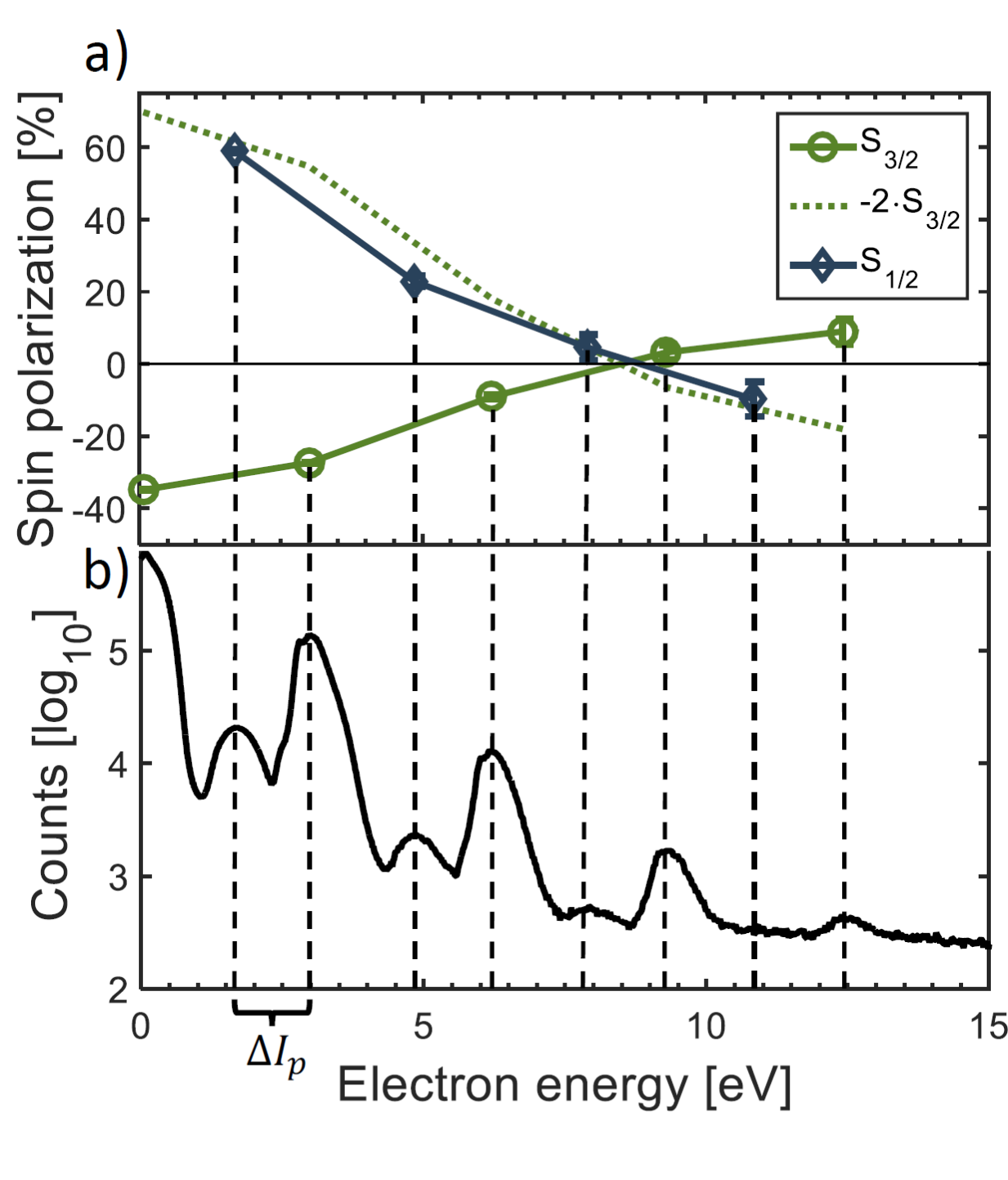The spin angular momentum of the Earth–Moon system is anomalously high compared with that of Mars, Venus, or the Earth alone. Some event or process spun up the system relative to the other terrestrial planets. The Angular Momentum Matrices. An important case of the use of the matrix form of operators is that of Angular Momentum Assume we have an atomic state with (fixed) but free. We may use the eigenstates of as a basis for our states and operators. The total angular momentum of a body is the sum of spin and orbital angular momentum. In another way, angular momentum is a vector quantity that requires both the magnitude and the direction. For an orbiting object, the magnitude of the angular momentum is equal to its linear momentum.
Spin angular momentum is a specific type of angular momentum possessed by some nuclei. As such, it obeys all the relations given for angular momentum under the quantum mechanics of rotation, here. i.e. there are two quantum numbers associated with the spin angular momentum momentum that determine its properties.
All nuclei have a spin quantum number, I, which may be integral (including zero) or half-integral, but never negative. The value of I is characteristic of a given nucleus, and may vary between isotopes. Thus all 1H hydrogen nuclei have I = ½ , but all 2H deuterium nuclei have I = 1.
The magnitude of the spin angular momentum is determined by the quantum number I, and is given by:
Thus all nuclei with I > 0 have spin angular momentum.
Further, all nuclei with a spin angular momentum (i.e. all nuclei with nonzero I) have a magnetic moment with constant magnitude and an orientation determined by a second quantum number, mI. (To say that a nucleus has a magnetic moment means that in some ways it behaves like a small bar magnet.)
The quantum number mI properly determines the component of the spin angular momentum on an arbitrary axis, normally termed the z axis (The arbitrary axis may be defined, for example, by the field direction of an external electric or magnetic field.):
where mI can take values from I to -I. (mI = I, I – 1, I – 2 … -I)
This property indicates that for a given I, the spin (and thus the magnetic moment) of a nucleus can adopt 2I + 1 different orientations relative to a defined axis. A proton (1H hydrogen nucleus) has I = ½ , and thus its spin may adopt 2 different orientations (mI = -½ or mI = +½).
A large number of the nuclei that are studied by nuclear magnetic resonance (NMR) spectroscopy have I = ½, as they give rise simpler spectra than nuclei with I > ½ , but any nucleus with nonzero I may be studied by NMR. Spin ½ nuclei that are commonly studied include 1H (the most popular nucleus for NMR studies), 13C, 19F and 31P.
The state with mI = +½ is denoted α , while the state with mI = -½ is denoted β.
Note that two very common isotopes, 12C and 16O, have I = 0, so have no spin angular momentum, no magnetic moment, and hence are invisible in NMR studies.
Since the electron displays an intrinsic angular momentum, one might expect a magnetic moment which follows the form of that for an electron orbit. The z-component of magnetic moment associated with the electron spin would then be expected to be
 but the measured value turns out to be about twice that. The measured value is written
but the measured value turns out to be about twice that. The measured value is written Spin Angular Momentum Quantum Number
where g is called the gyromagnetic ratio and the electron spin g-factor has the value g = 2.00232 and g=1 for orbital angular momentum. The precise value of g was predicted by relativistic quantum mechanics in the Dirac equation and was measured in the Lamb shift experiment. A natural constant which arises in the treatment of magnetic effects is called the Bohr magneton. The magnetic moment is usually expressed as a multiple of the Bohr magneton.Spin Angular Momentum Formula
The electron spin magnetic moment is important in the spin-orbit interaction which splits atomic energy levels and gives rise to fine structure in the spectra of atoms. The electron spin magnetic moment is also a factor in the interaction of atoms with external magnetic fields (Zeeman effect).
Angular Momentum For Kids

The term 'electron spin' is not to be taken literally in the classical sense as a description of the origin of the magnetic moment described above. To be sure, a spinning sphere of charge can produce a magnetic moment, but the magnitude of the magnetic moment obtained above cannot be reasonably modeled by considering the electron as a spinning sphere. High energy scattering from electrons shows no 'size' of the electron down to a resolution of about 10-3 fermis, and at that size a preposterously high spin rate of some 1032 radian/s would be required to match the observed angular momentum.